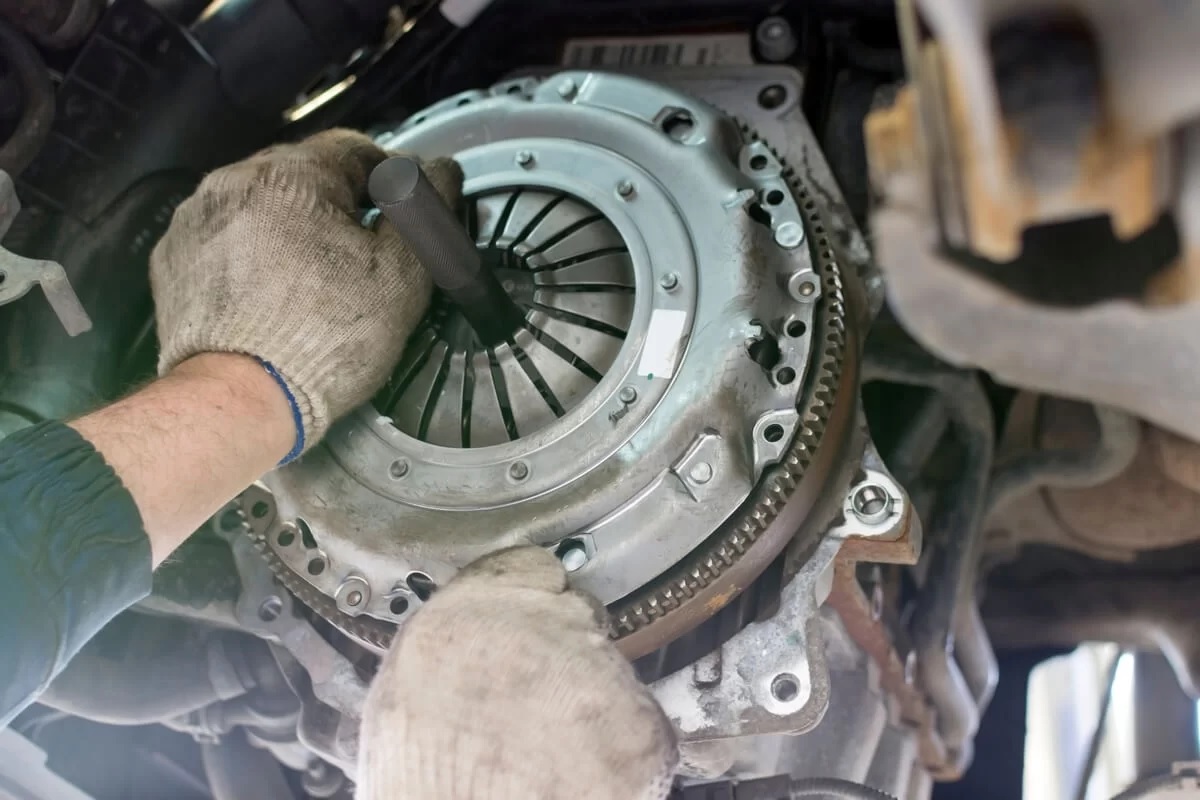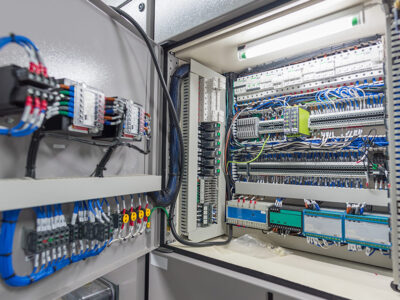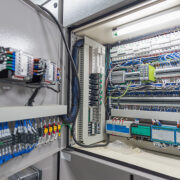
If you have a broken or worn power unit clutch, you can make some changes to the friction surface and the sump. This article will teach you how to identify the non-exchangeable component parts and how to change them. You will also learn about replacing the oil suction pipe and sump, and what parts of a power unit clutch are non-exchangeable. Hopefully, you will feel confident in making these changes yourself, and that you will be able to get your vehicle back up and running as soon as possible.
Changes to a power unit clutch
In 1938, the MG Factory issued a confidential Technical Information notification advising the change from oil clutch to dry plate clutch on VA models. The engine number TPBG 1510 was replaced with VA 1254 as a result of the extensive alterations. The old oil clutch was replaced by a dry plate clutch, resulting in a new crankshaft, flywheel, 1st motion shaft, and oil holes in the crankshaft.
Early dry clutch power units could not accommodate counterbalanced crankshafts due to the presence of a sump and oil suction pipe. This pipe may foul the crankshaft and prevent it from rotating, which is why the clutch needs to be machined out by a quarter turn. To install a counterbalanced crankshaft, the clutch housing must be machined out slightly and the crankshaft flange needs to be enlarged.
Identifying the non-exchangeable component parts
One of the first steps in a clutch replacement is to identify the non-exchangeable component parts of the power unit clutch. The clutch itself is one of the non-exchangeable parts. Its pressure plate system must be designed for the power characteristics of the application. Many low-cost clutches aren’t spec’ed and reuse the throwout fork and bearing. Some of them even install the clutch disk azz-backwards. In many cases, cheap clutches fail to perform as advertised, which is a common problem. But, in the case of a cheap clutch, it may not be the clutch itself. It might be a bad clutch or a bad part.
The clutch operates as a mechanical link between the engine and transmission. The clutch pedal disengages the drive wheels when the engine is running. The torque controlled drill clutch connects two shafts and is used to control the speed and torque at a single point. A TPBG 1510 or higher clutch is required for a Dry Clutch unit. Its part numbers are taken from the Revised 1946 Factory Service Parts List.
Changing the sump and oil suction pipe
Changing the sump and oil suction pipes for power unit clutches can be a relatively simple process, and it will save you time and money over the life of your car. This task is necessary because early power units have a sump and oil suction pipe that can get in the way. In some cases, the sump and oil suction pipe can even foul the crankshaft, preventing it from rotating properly. You will need to machine the clutch housing slightly, and you will need to make the crankshaft flange a little larger.
The oil storage chamber 68 has a partition wall 67 that extends along the outer circumference of the clutch 34. This partition wall is positioned to avoid the clutch 34, the primary drive gear 35, and the front and lower walls 102 and 103. The partition wall 67 also prevents air from entering the oil storage chamber, which slows down the deterioration process.
Changing the friction surface
There are several reasons for changing the friction surface of a power unit clutch. Infrequent working on a dry clutch can cause internal temperature to increase dramatically. Also, frequent working causes the friction surface to lose its elasticity, leading to a sharp rise in internal temperature. By examining the friction surface and its components, a technician can determine the friction torque and slipping-friction power. It’s important to remember that clutch shudder can be a symptom of a glazed friction surface.
Fortunately, many clutches are very durable and can handle tens or even hundreds of millions of cycles before needing replacement. As long as proper maintenance is performed, these clutches have an extremely long operating life. Changing the friction surface can help extend the life of your power unit clutch by as much as 30%. By following these tips, you can maintain your power unit clutch for years to come and get the most performance out of it.









